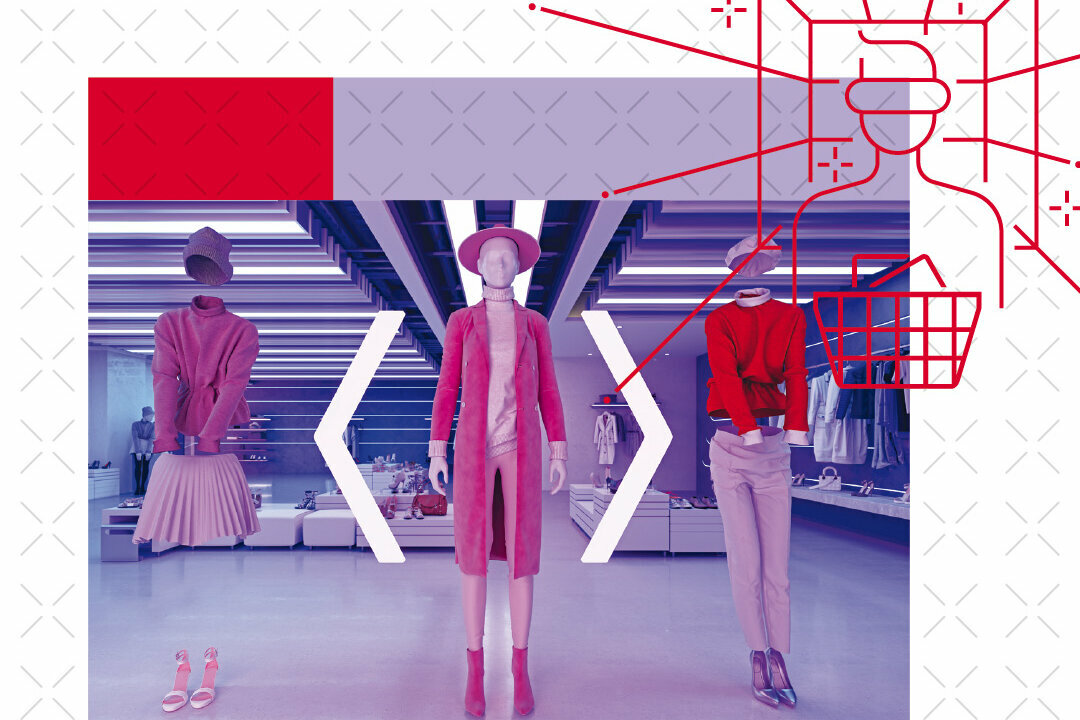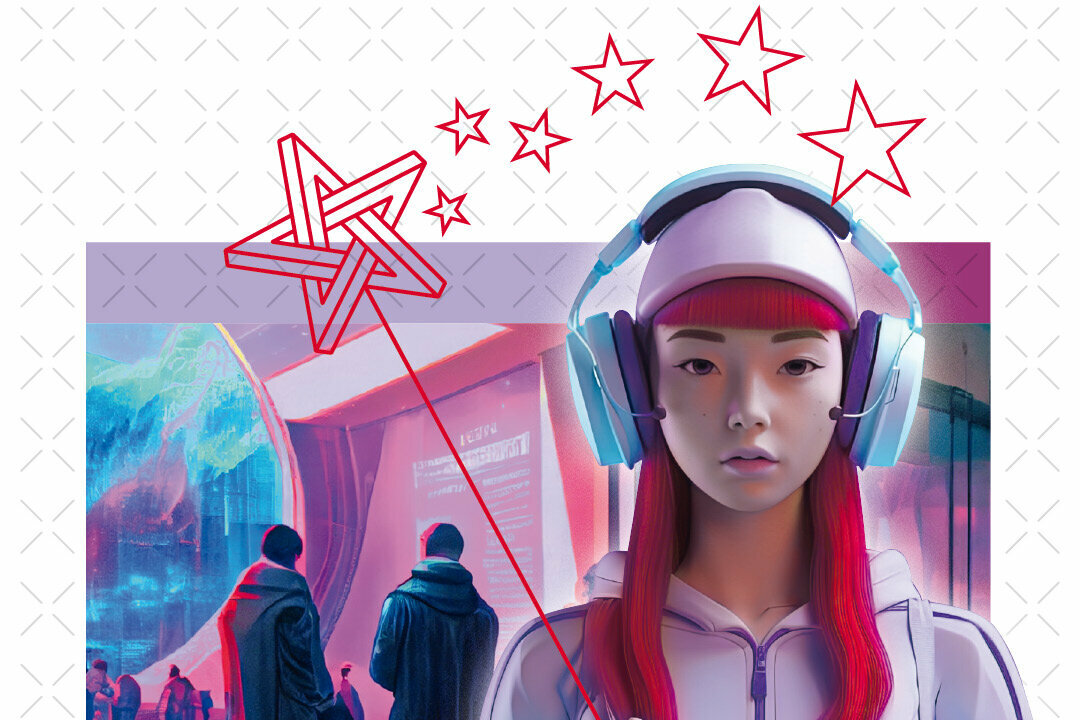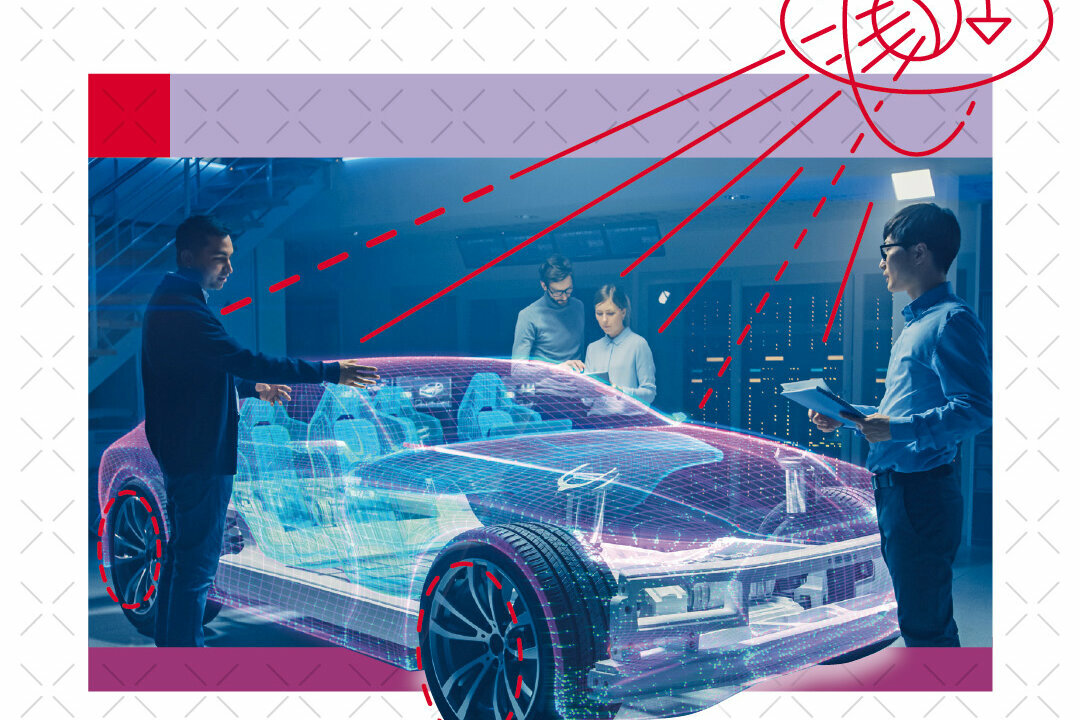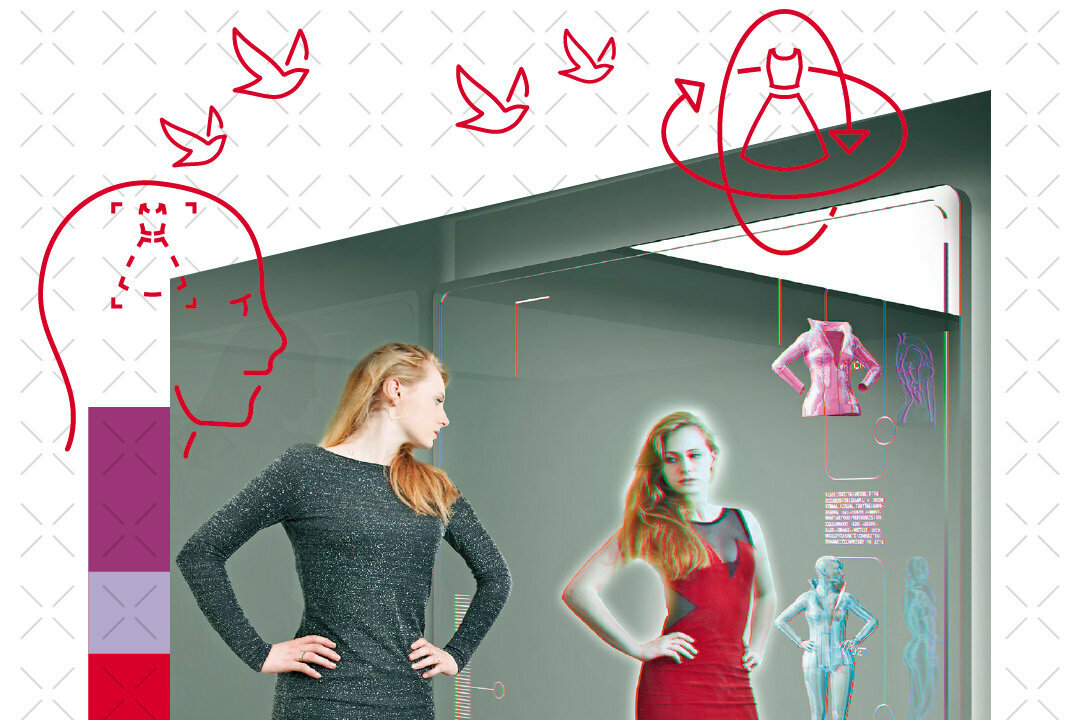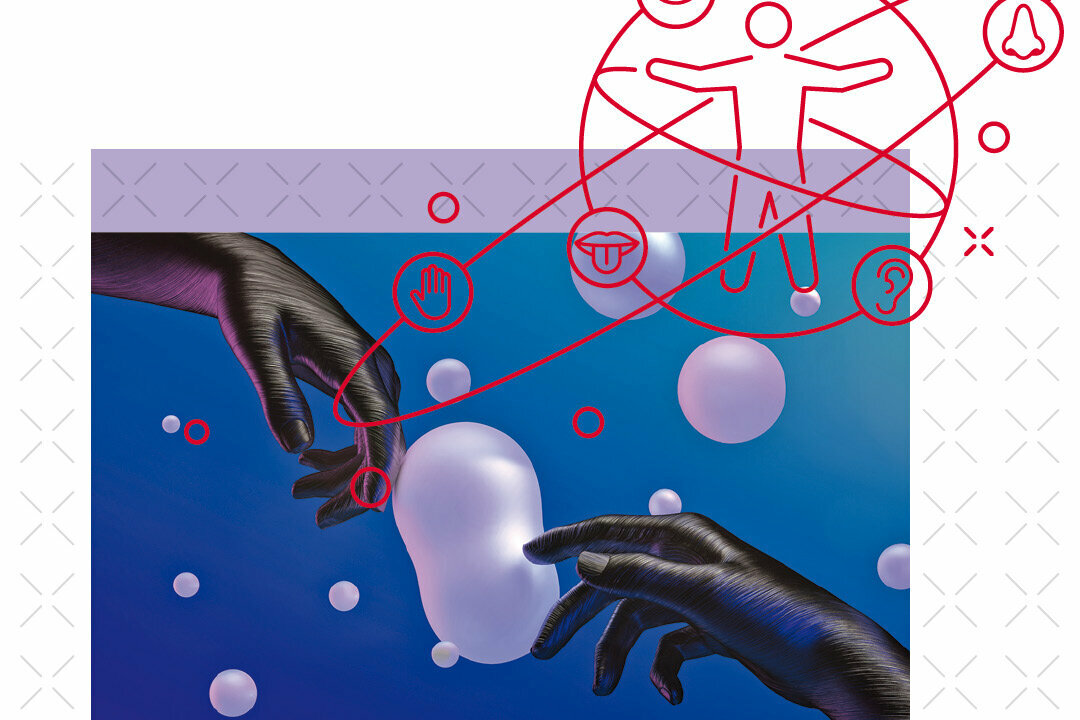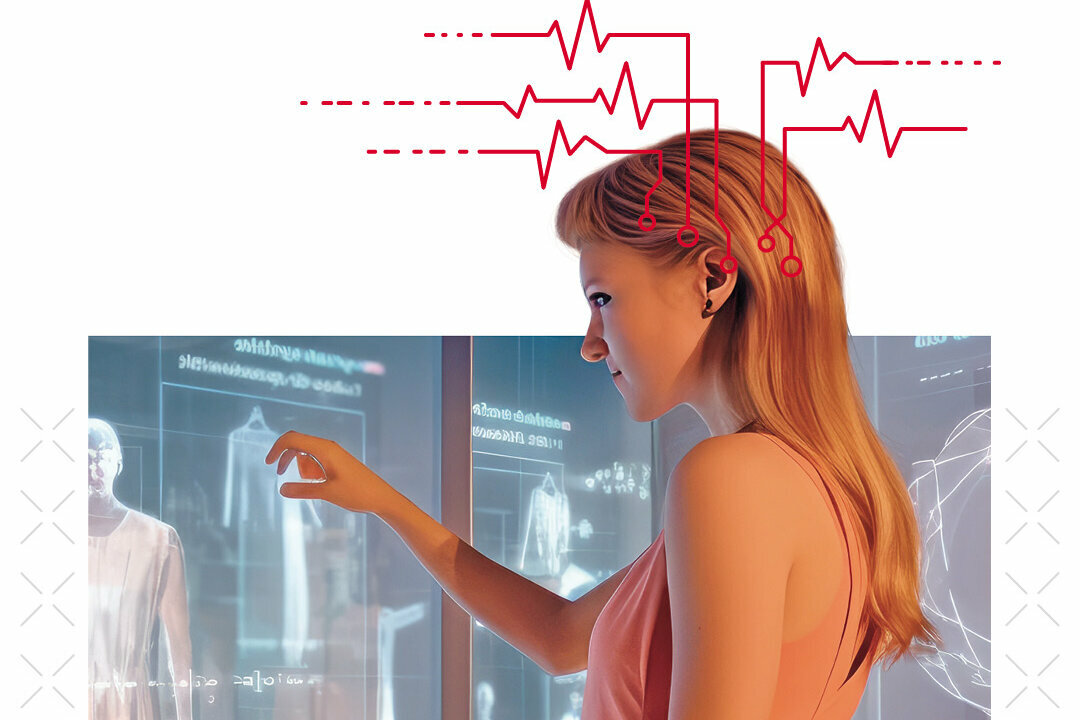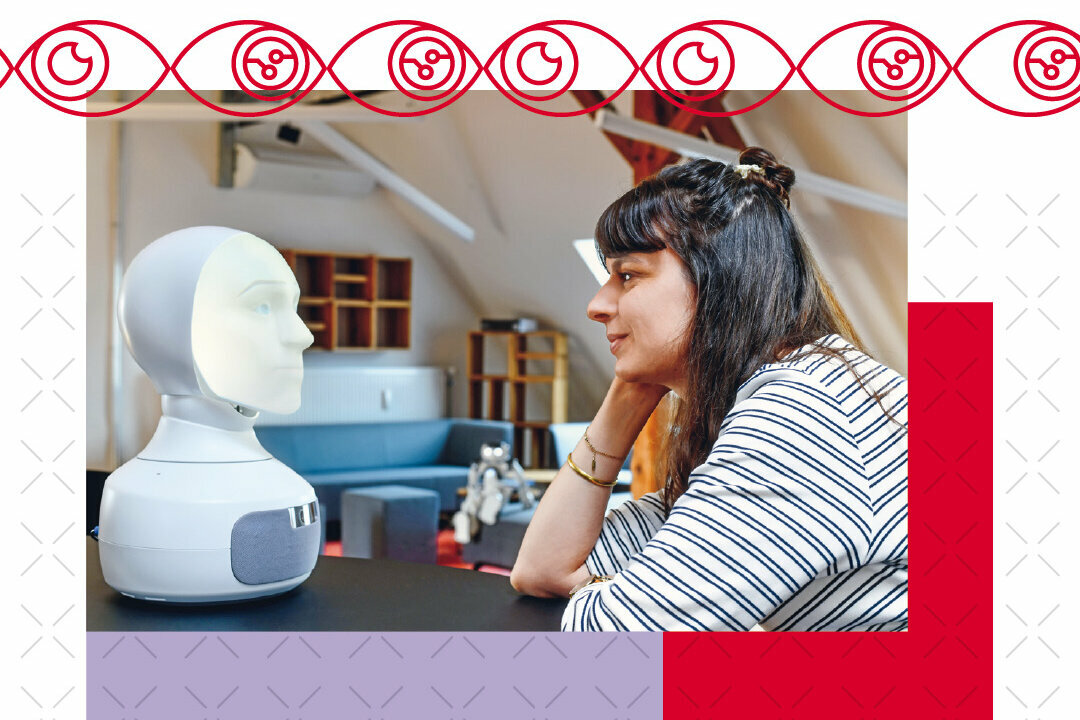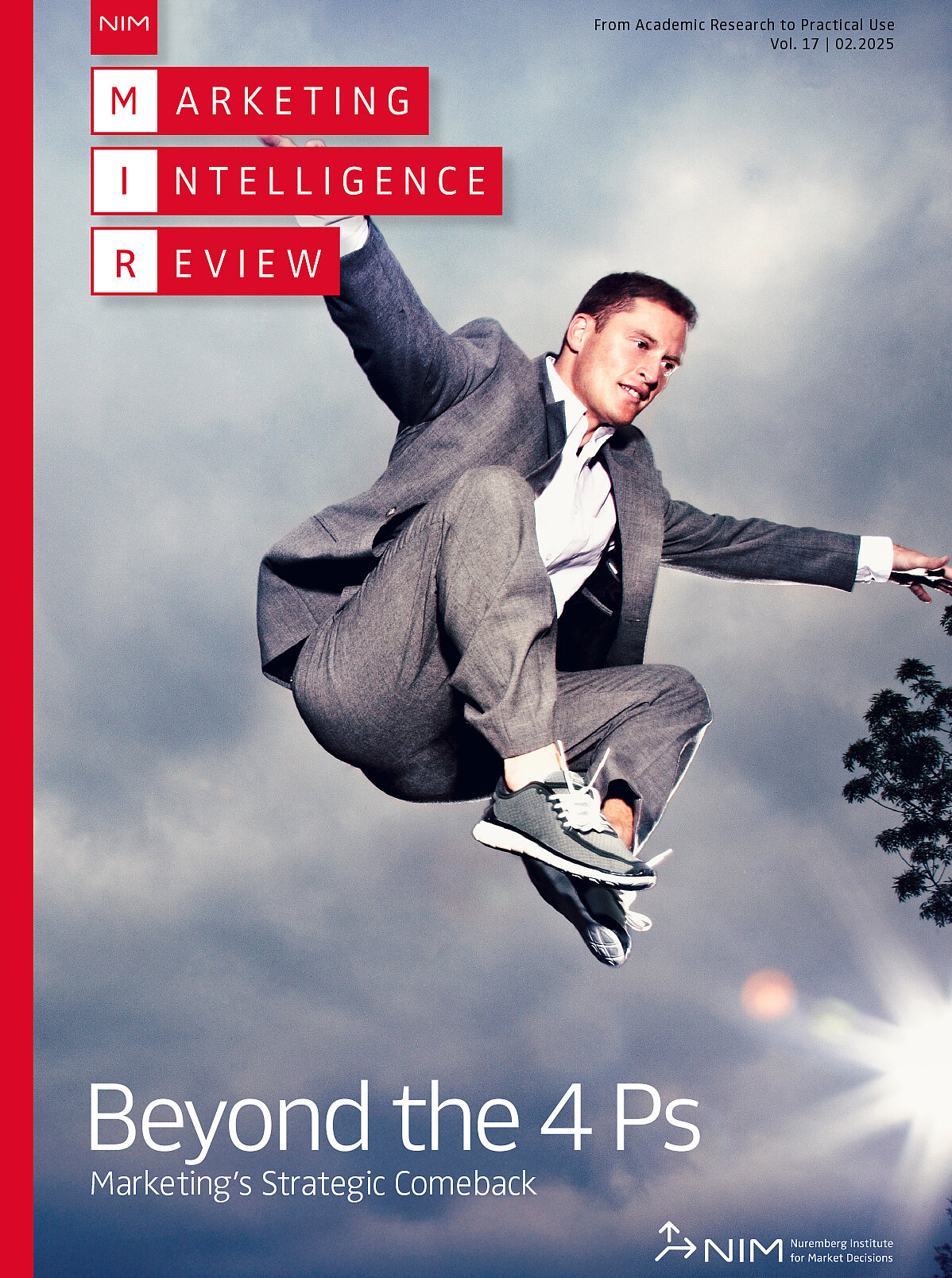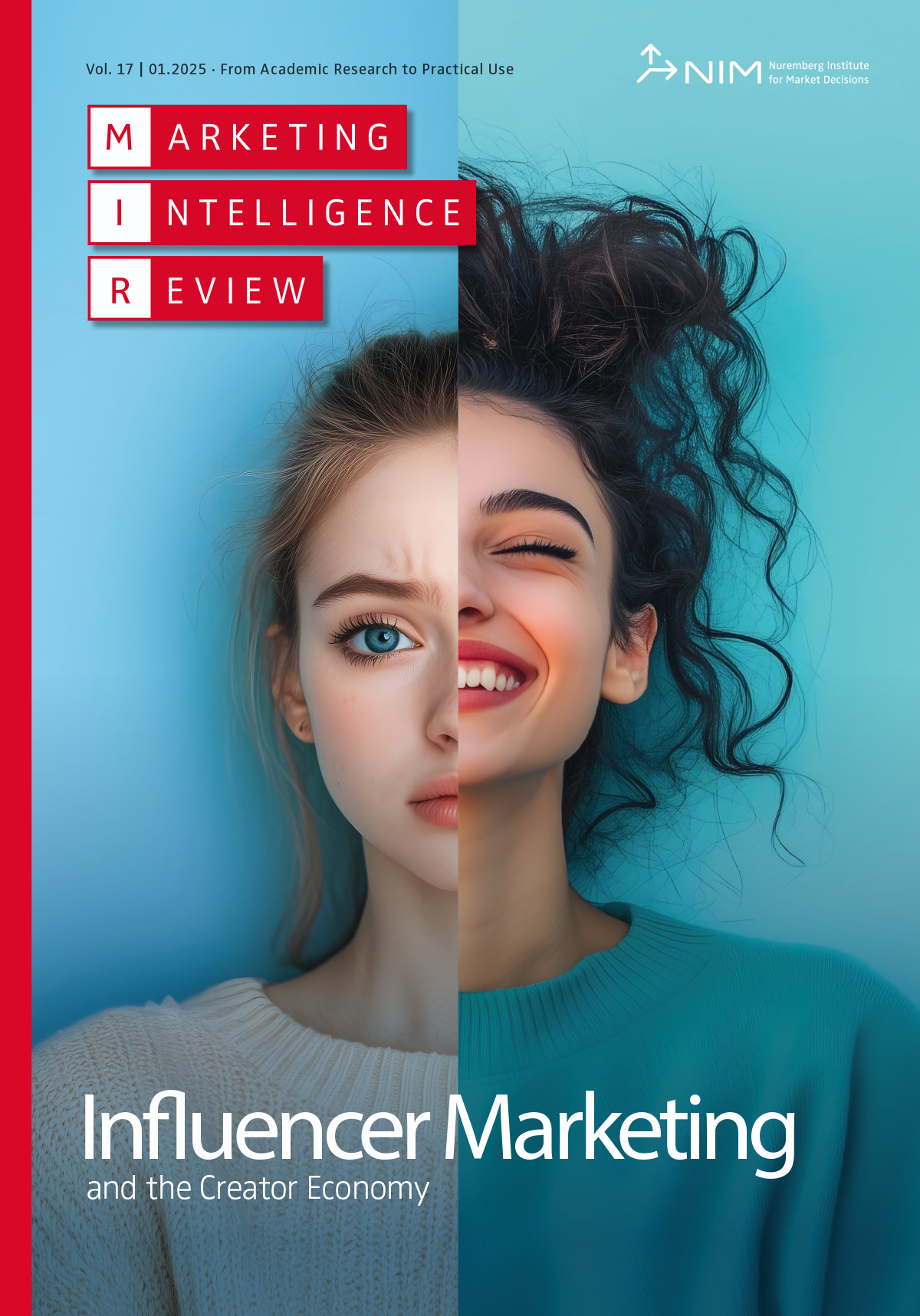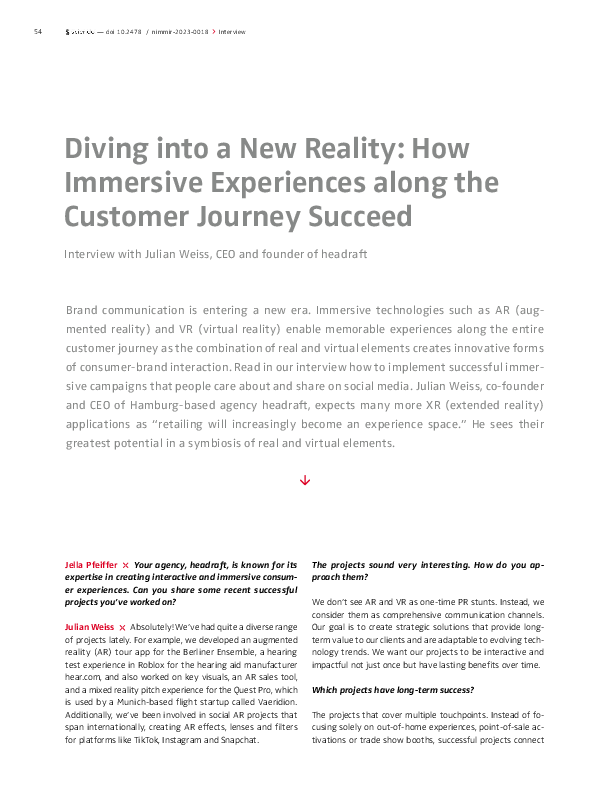 Download
Download
Pfeiffer, J., & Weiss, J. (2023). Diving into a New Reality: How Immersive Experiences along the Customer Journey Succeed. NIM Marketing Intelligence Review, 15(2) 54-59. https://doi.org/10.2478/nimmir-2023-0018
Interview: Diving into a New Reality - How Immersive Experiences along the Customer Journey Succeed
Interview with Julian Weiss, CEO and founder of headraft
Brand communication is entering a new era. Immersive technologies such as AR (augmented reality) and VR (virtual reality) enable memorable experiences along the entire customer journey as the combination of real and virtual elements creates innovative forms of consumer-brand interaction. Read in our interview how to implement successful immersive campaigns that people care about and share on social media. Julian Weiss, co-founder and CEO of Hamburg-based agency headraft, expects many more XR (extended reality) applications as “retailing will increasingly become an experience space.” He sees their greatest potential in a symbiosis of real and virtual elements.
Jella Pfeiffer: Your agency, headraft, is known for its expertise in creating interactive and immersive consumer experiences. Can you share some recent successful projects you’ve worked on?
Julian Weiss: Absolutely! We’ve had quite a diverse range of projects lately. For example, we developed an augmented reality (AR) tour app for the Berliner Ensemble, a hearing test experience in Roblox for the hearing aid manufacturer hear.com, and also worked on key visuals, an AR sales tool, and a mixed reality pitch experience for the Quest Pro, which is used by a Munich-based flight startup called Vaeridion. Additionally, we’ve been involved in social AR projects that span internationally, creating AR effects, lenses and filters for platforms like TikTok, Instagram and Snapchat.
The projects sound very interesting. How do you approach them?
We don’t see AR and VR as one-time PR stunts. Instead, we consider them as comprehensive communication channels. Our goal is to create strategic solutions that provide longterm value to our clients and are adaptable to evolving technology trends. We want our projects to be interactive and impactful not just once but have lasting benefits over time.
Which projects have long-term success?
The projects that cover multiple touchpoints. Instead of focusing solely on out-of-home experiences, point-of-sale activations or trade show booths, successful projects connect all these touchpoints in a holistic manner. With our real-time solutions, we can engage users individually and interactively, guiding them seamlessly across various touchpoints. These projects are enjoyable to work on and have the greatest impact because we don’t have to create entirely new content for each channel. For example, it’s common for us to create a compelling and unique on-site experience that is complemented by a web presence and social media content. We also might turn these experiences into dedicated sales tools, ensuring a consistent and impactful customer journey across different platforms.
So, in linked projects, consumers recognize that it’s the same campaign, right? The content is similar but varies with touchpoints?
Yes, exactly. We executed such a project for Snipes and Nike in six European cities. During the lockdown, we used the store windows for an interactive game experience, essentially a high-score game. Users could play and participate in the contest 24/7, without entering the store, and compete against each other. From this content, we simply adapted a game for their Instagram channel. The style and branding were consistent, but the experience was tailored differently depending on the technology medium and the target audience. Interactive communication becomes very successful when the content is optimized for the technology medium and the audience.
How can we imagine branding being consistent but different?
There are various ways to communicate a brand in interactive media. We can effectively convey to users the brand world they are in without being too overt, boring or off-putting. For example, logos are perfectly normal on Instagram or TikTok, while on Roblox, they are often used more sparingly. The more virtual the experience, the more the brand’s language and design become part of the world-building and storytelling.
Can different touchpoints be translated into the metaverse as well? Since interactions also happen there, could I play a game or see an ad while virtually strolling through the metaverse? Would directly transferring a concept to the metaverse be successful?
Not necessarily. At the beginning of the metaverse trend, many simply tried to replicate real-world experiences in a digital form, which was not always successful. You should never underestimate or overlook the interactive mechanics and technical possibilities of experience design. Different interaction points or content can be excellently and interestingly interconnected in a purely digital world.

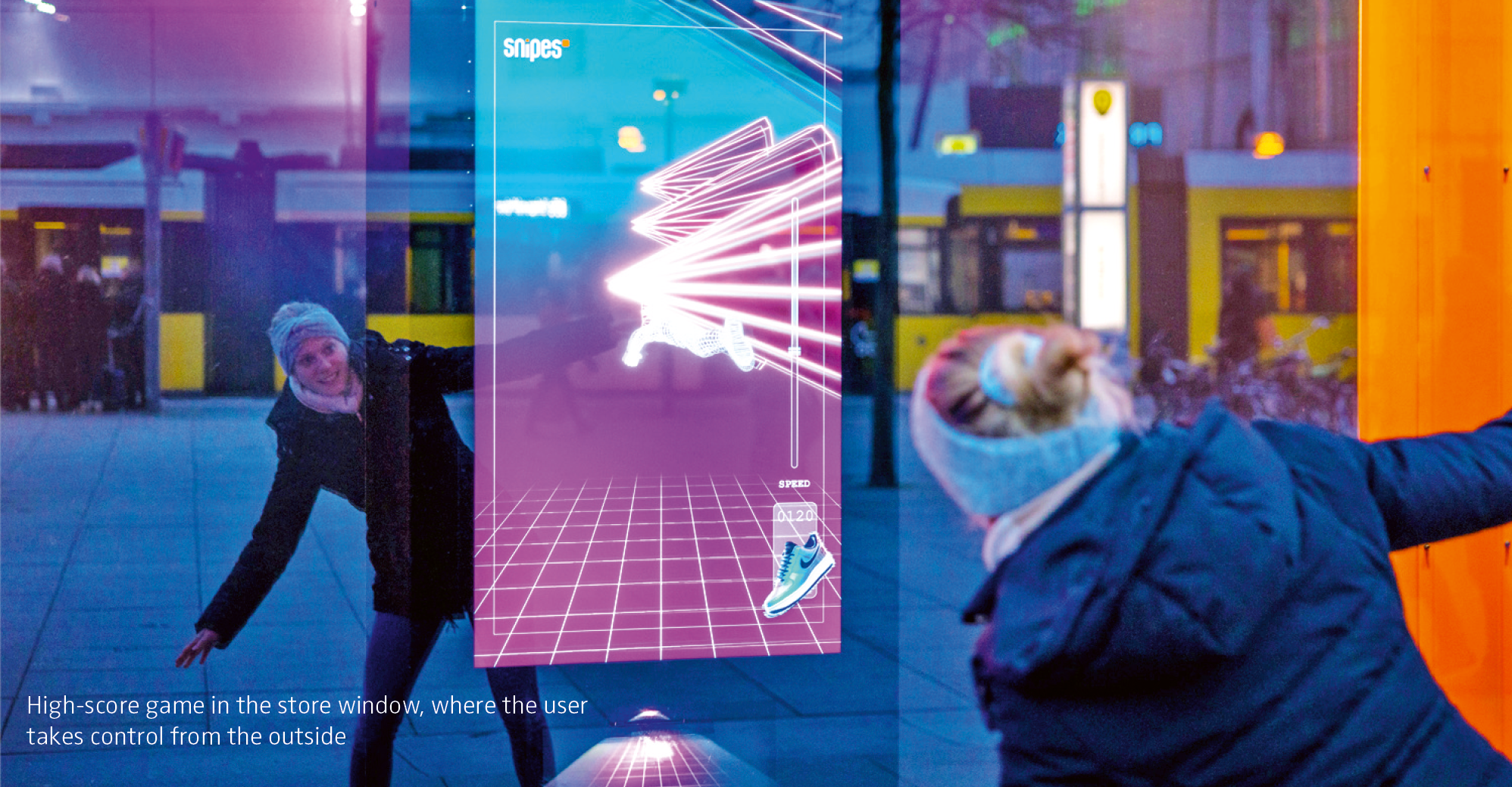
Which approach would be more promising? What should be considered?
In the virtual space, I can walk, but do I always have to? I don’t necessarily stroll 100 meters from point A to point B there; that often doesn’t make sense. In experience design, we focus on quickly leading users to engaging and relevant information, and that’s why the touchpoints need to be designed appropriately. Initially, this aspect was often neglected. People simply tried to mimic reality, including branding and marketing, with overly overt methods.
So, the interaction forms are also different. Advertising needs a complete redesign, meaning it should be seamlessly integrated into the context?
Yes, exactly. Recently, we worked on a project for hear.com, a company that manufactures hearing aids. The client wanted to create more awareness among a young target audience about the risks of high-volume listening, encouraging people to be mindful of their headphone volume in daily life. We developed a virtual hearing test on Roblox that feels fun and relevant to the target audience without imitating boring reality. The gaming experience subtly includes these hearing tests and communicates the brand, not overtly but rather between the lines within the experience. This is how branding and marketing should happen in these virtual worlds, commonly referred to as the metaverse.
Not every experience is award-winning; you have to experiment to learn more about your target audience.
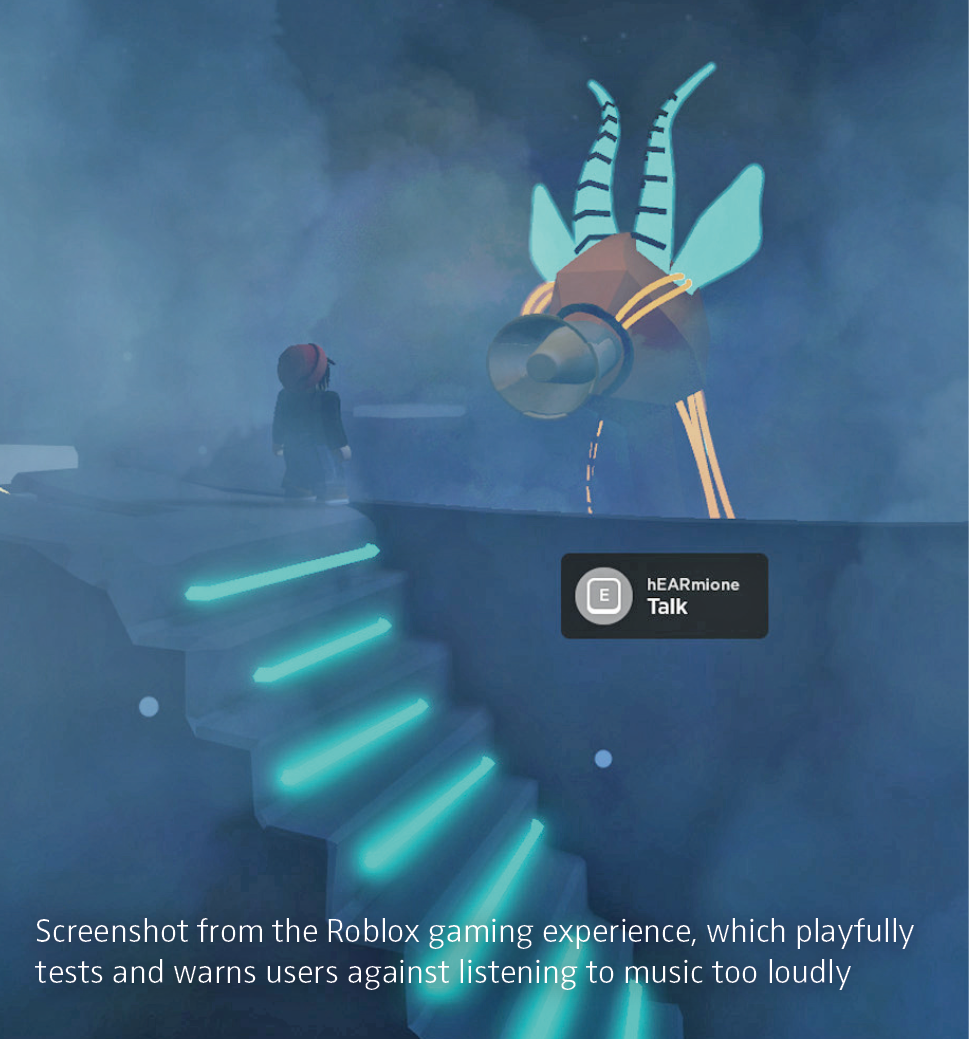
One of the significant advantages of VR experiences is the seamless integration of brands into contexts like games. Do you also see any disadvantages?
VR experiences in marketing are still relatively rare as they often appeal to a limited number of people and are mainly suitable for very specific use cases. For instance, we worked on a project for a medical company that aimed to make the workings of a medication in the body come alive by demonstrating what happens inside a cell. It’s fascinating to experience in VR and offers educational value, but such an experience cannot be scaled classically because the target audience with the required hardware is relatively small. The limited reach often doesn’t justify the necessary investments. When we use VR on a larger scale, we almost always combine it with AR or web experiences that can be broadly distributed to all user groups.
So, in marketing, different channels are usually combined to make experiences accessible to a broader audience?
Absolutely, especially when we consider social AR. In the areas of wearables, fashion and try-ons, AR has become very popular, closely followed by quizzes and games. Platforms like Instagram, Snapchat and TikTok are excellent at showcasing these experiences. Furthermore, the brand gains additional relevant information from the experience statistics, for example, which models and colors users find more exciting. These insights have a significant impact on marketing decisions and cannot be easily obtained through linear communication.
How do you measure the success of an AR implementation compared to a regular mobile application?
We look at both the view time and dwell time, which measures the time users actively spend in the experience, and the social context, which encompasses everything happening on social platforms and can have a massive impact. The experience should be excellent, playful and customizable, making it easy to share user-generated content (UGC). When this happens, UGC content and view time for AR experiences are often striking and lead to incredible scalability. This is evident in casual gaming experiences or try-ons that allow users to play with their personal preferences. Additionally, each experience helps us gather more information about our customers. In the B2B sector, the sales team can directly mirror the customer’s feedback, as products or processes can be visualized interactively in AR during on-site meetings, making the conversation more engaging.
Are there specific AR experiences that work exceptionally well? What have been your experiences?
For social AR, we can answer that quite well: try-ons, randomizers, games and quizzes. Instagram and Snapchat are established partners for such experiences. TikTok, on the other hand, still has significant untapped potential. We have our own TikTok channel and are the first official German branded effects partner of TikTok in Germany. Through this, we publish our own branded effects. We have only 200 followers, but they have recorded more than 70,000 videos with our AR effects and reached a total of 113 million views – without paid media. This puts us in the top 1% of effect creators on TikTok. Brands can learn from this success and use it to their advantage. However, not every experience is award-winning; you have to experiment to learn more about your target audience. Armed with these insights, you can move forward and create more tailored experiences. When dealing with new technologies, it’s essential to have a longterm strategy rather than just a one-off event; otherwise, you might miss out on significant potential.
So, in AR experiences, user-generated content plays a significant role, and people might not even realize that they are part of a marketing campaign. Do you just need to initiate the initial spark, and everything else unfolds on its own?
Almost. Users are encouraged to create AR challenges, looks or fun experiences and share them with their friends. This can become a powerful marketing multiplier within a specific target audience. However, even with these experiences, brands should avoid overwhelming users with their logos and excessive branding. A more subtle approach is often more effective. For example, on TikTok, fun and playful effects are well received, while the approach on Snapchat or Instagram might differ based on the audience’s tone and preferences.
Stores will transform into brand spaces where the real world is enriched with virtual elements.
Meaning AR and VR achieve higher engagement compared to traditional media?
Yes, that’s correct, but it’s crucial to think beyond just one platform and extend the experience to other touchpoints. For instance, try-ons can be brought to the point of sale using virtual mirrors, where users can try products without requiring their own device. The content can also be showcased on the web or on a larger scale as a branded world in virtual space or the metaverse. The key to success is always seamless integration with the overall communication strategy.
Did the hype around the metaverse boost your business?
The metaverse hype initiated by Mark Zuckerberg created a lot of confusion, and many people were afraid of missing out. We had to explain a lot and clear up the media fog because, in reality, the metaverse doesn’t fully exist yet. Brands have experimented with virtual multiplayer experiences, but it doesn’t mean the metaverse will take off massively right away, and not everyone has to jump right in. Consequently, the impact on the number of our projects was manageable. Instead, we focused on how to sensibly and sustainably incorporate ideas from managers and their interest in the field without wasting resources on a short-lived PR case that loses interest after two months.
How is your team structured and organized?
We handle everything in-house, which is crucial for an effective creative-technical collaboration. The technological landscape is constantly changing, and to stay up-to-date, we need to integrate consulting, strategy and production as a unified team. All team fields are involved from the start, regardless of whether it’s a small project or a large-scale campaign. This diversity in our projects allows everyone to learn and enables us to assemble specialized teams for specific cases, ensuring the best fit for each project.
Finally, looking into the future, how do you envision e-commerce in ten years?
I believe retailing will increasingly become an experience space. Stores will transform into brand spaces where the real world is enriched with virtual elements. It will be a fantastic blend and an exciting symbiosis because people will always love the tactile experience, real-life interactions and human touch. Technology may not be able to fully compensate for that anytime soon, if at all. On the other hand, digital technologies offer much faster and more personalized experiences, insights and touchpoint interactions. The virtually created spaces can adapt much more to individual preferences, resulting in an incredible diversity in consumer engagement. Real and virtual worlds will undoubtedly merge, and we are only at the beginning of this journey
Thank you for sharing insights into your experience studio and highlighting the opportunities that AR and VR offer in marketing and retailing. We look forward to discovering the new mixed experiences that await us.
